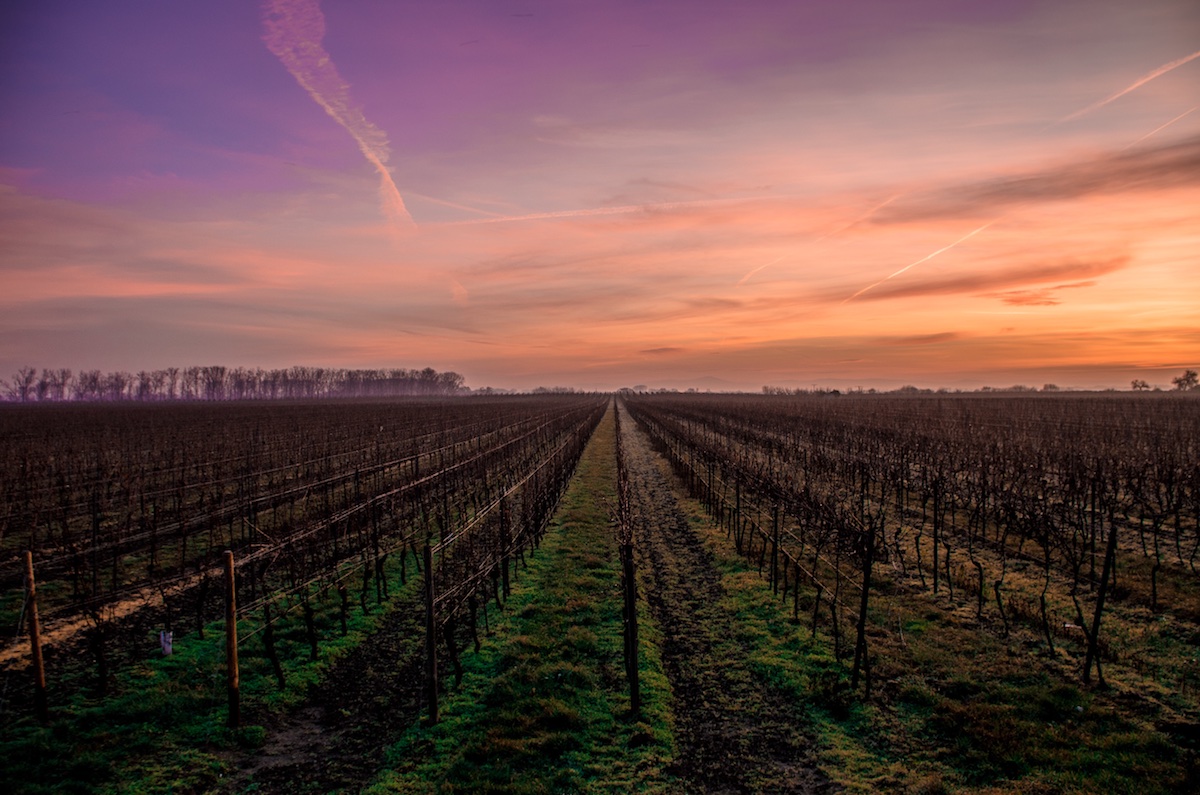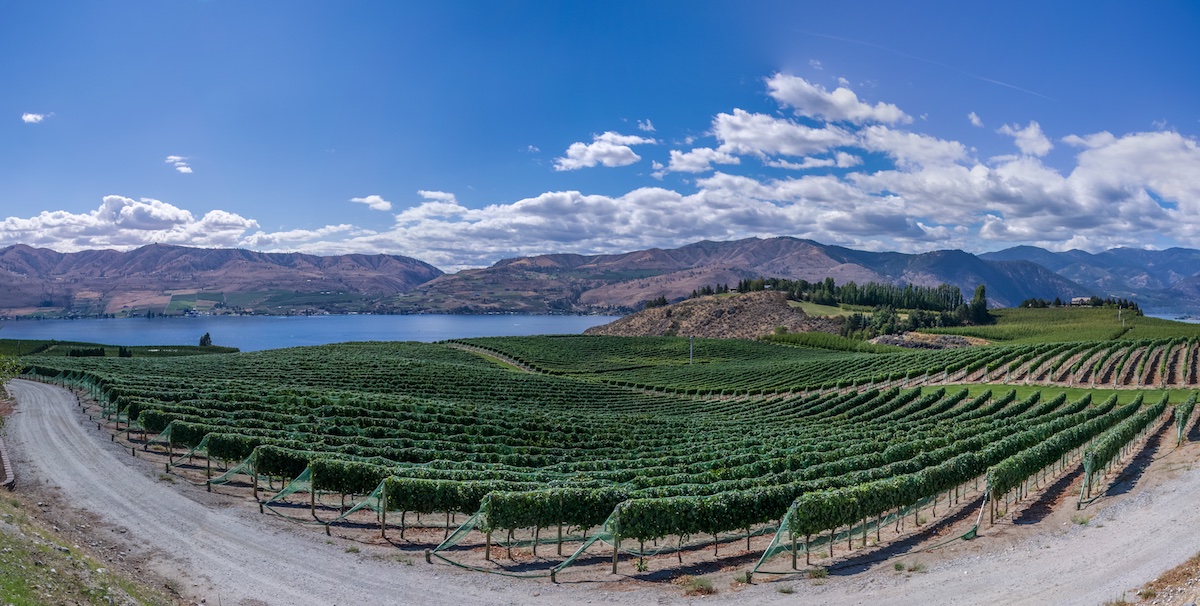
CyStellar is a geospatial intelligence company on a mission to deliver real-time insights for the insurance, logistics and agriculture sector to support data-driven strategic and operative decision making.
+46 720 430314
Email: [email protected]
CyStellar
London UK
CyStellar Bacchus
The Smart and Connected Vineyard
A Cloud-Based Vineyard Management Solution
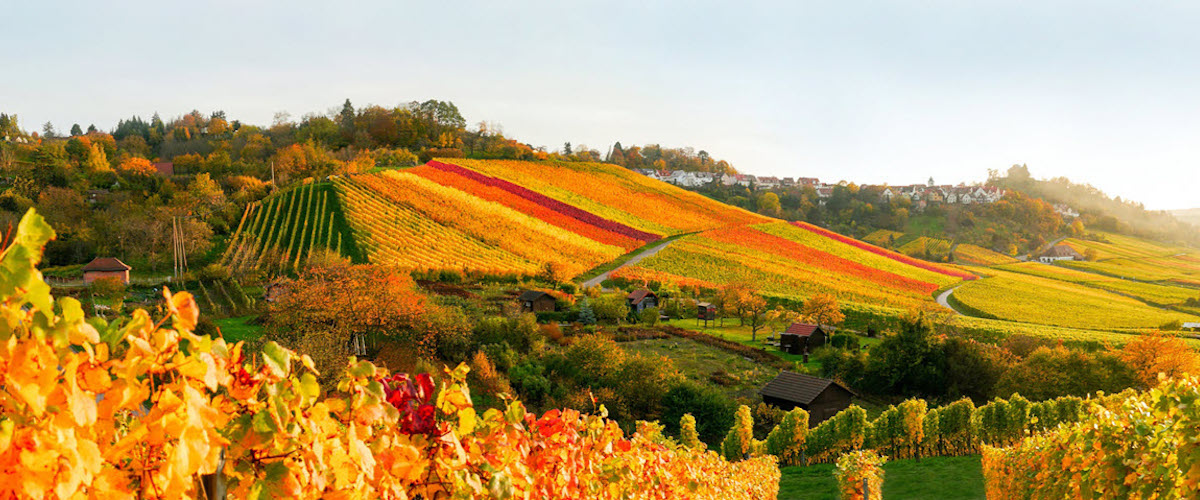
We know that winemaking is a combination of art and science. We are not artists but we can help winemakers with the data science behind winemaking. From watching the weather and checking the soil, to testing grapes for sugar levels and acidity and then deciding when to harvest, nature and winemaker must work together. The data collected by CyStellar from the vineyards allows winemakers to assess vineyard conditions in order to define the optimal time and location for fertilisation, irrigation and use of fungicides.
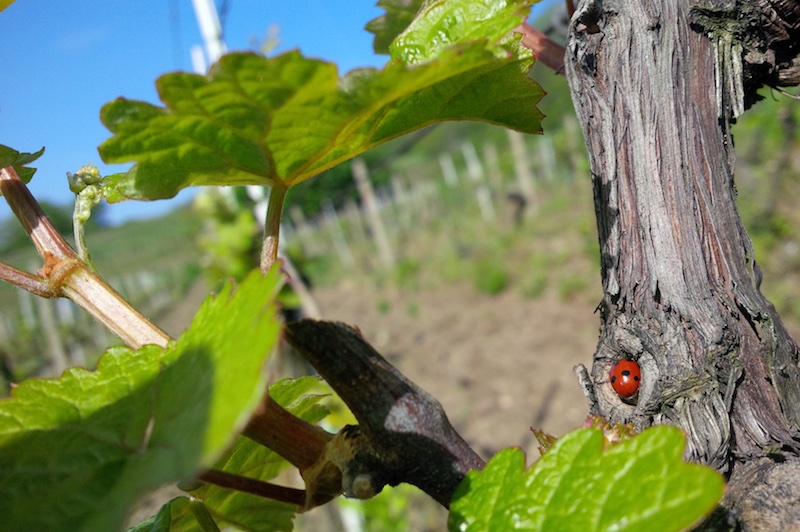
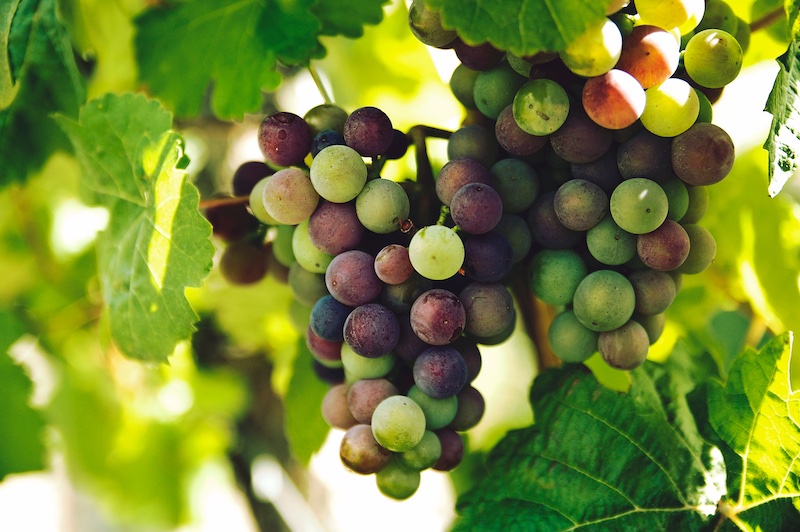
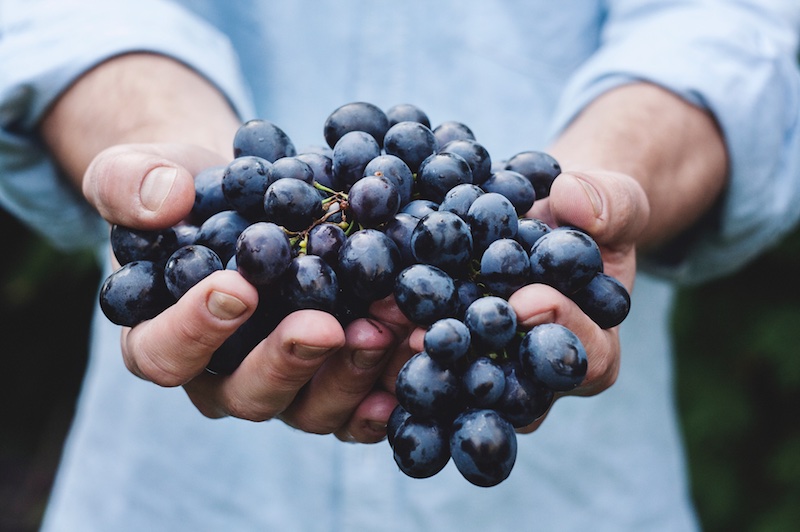
BUD BREAK AND FLOWERING
- * Evaluation of soil quality and fertility
- * Monitoring of atmospheric and weather conditions for automated frost damage protection
FRUIT SET AND VERAISON
- Early identification of diseases
- * Identification of environmental stresses
- * Monitoring canopy development and growth
- * Water use, irrigation strategy
PRE-HARVEST AND HARVEST
- * Predicting the optimum time for harvest
- * Optimized use and distribution of chemicals
- * Nutrients dosage
UP TO 15% PROFIT MARGIN INCREASE
VARIABLE RATE APPLICATION
AUTOMATE THE DETECTION
UNCERTAINITY REDUCTION
UP TO 40% COST REDUCTION
SUPPORT FOR PREDICTIVE SPRAYS
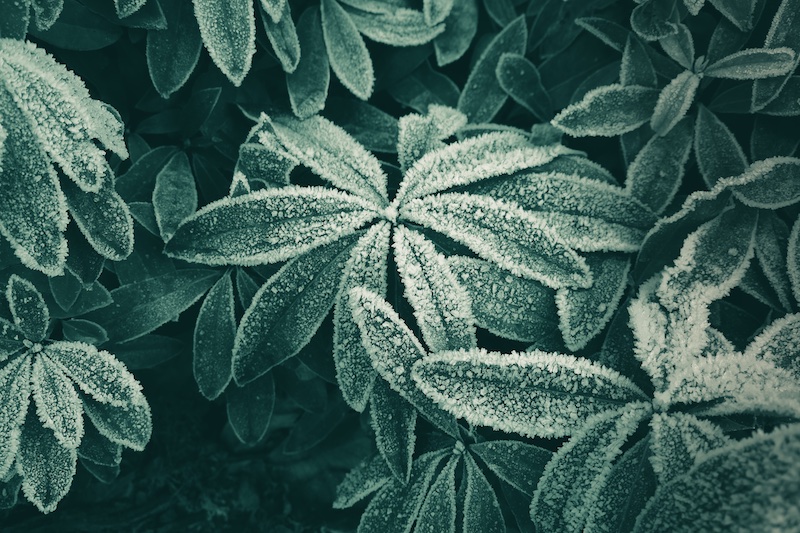
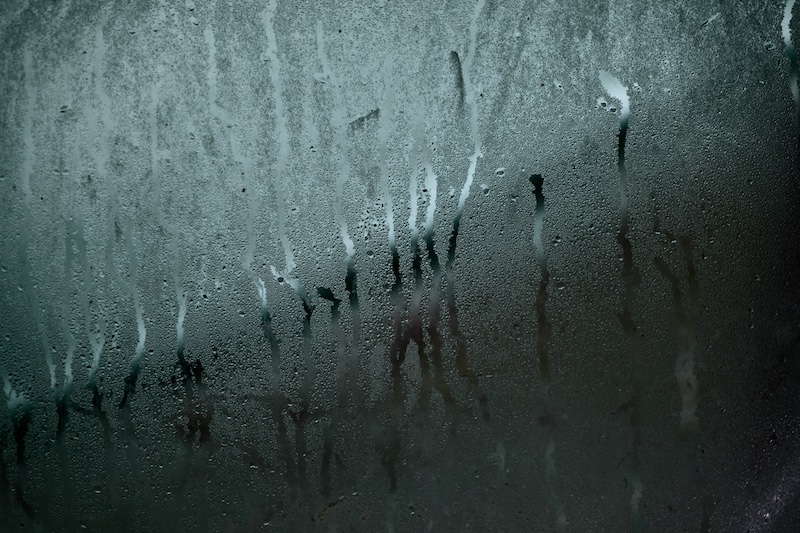
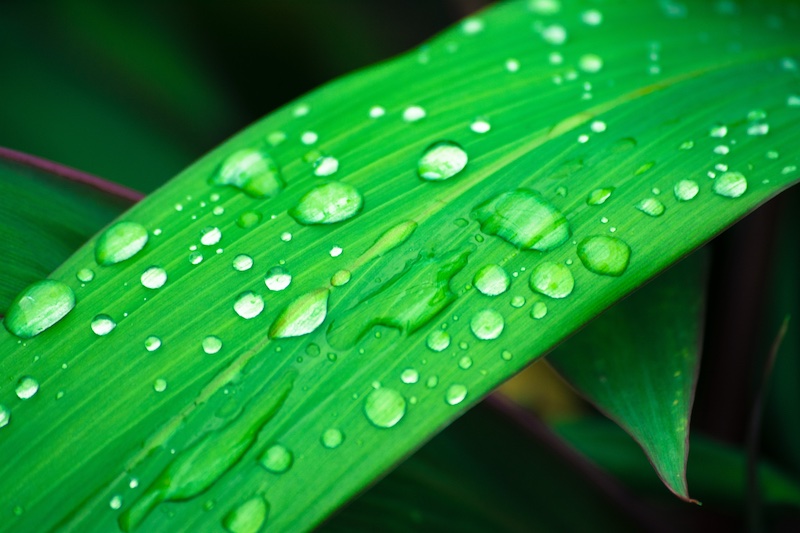
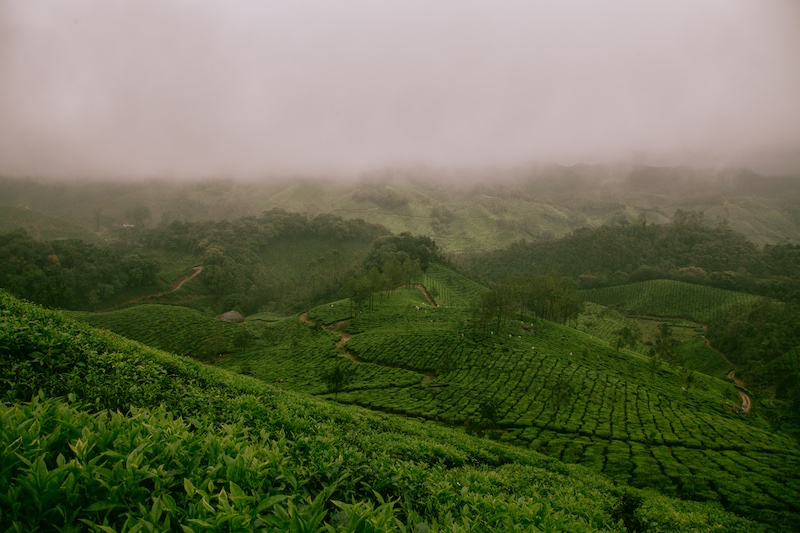
SOIL PREPARATION
Measures the ambient temperature
HUMIDITY SENSOR
- Measures the moisture levels in the environment.
LEAF WETNESS SENSOR
- Detects leaf wetness and ice formation in plant canopies resulting from rainfall, irrigation, and/or dew.
ATMOSPHERIC PRESSURE SENSOR
- Barometric pressure sensors measure the absolute pressure of the air around them. This pressure varies with both the weather and altitude.
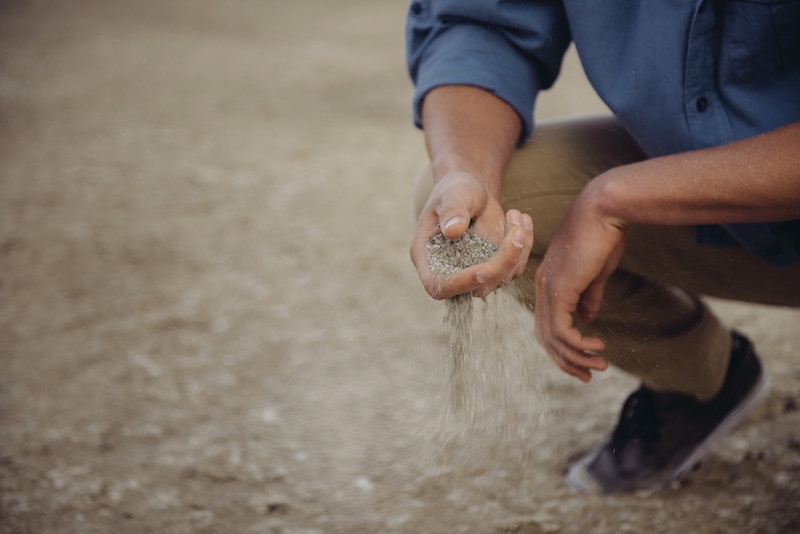
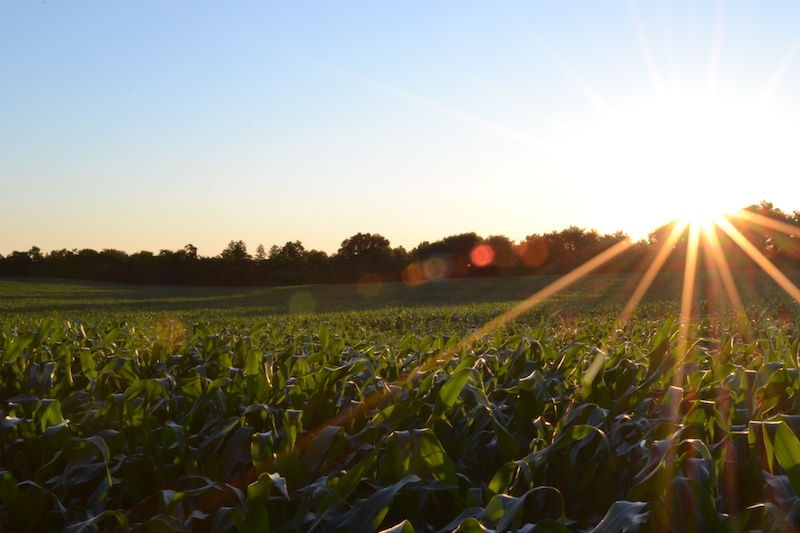
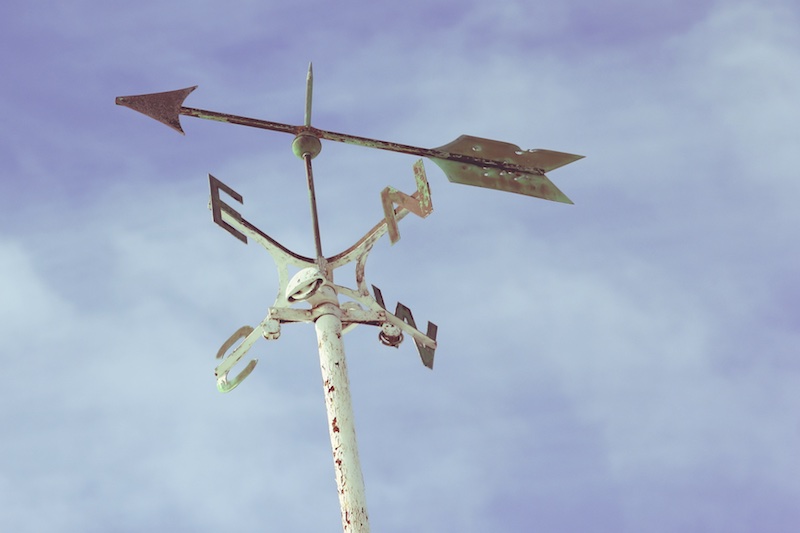
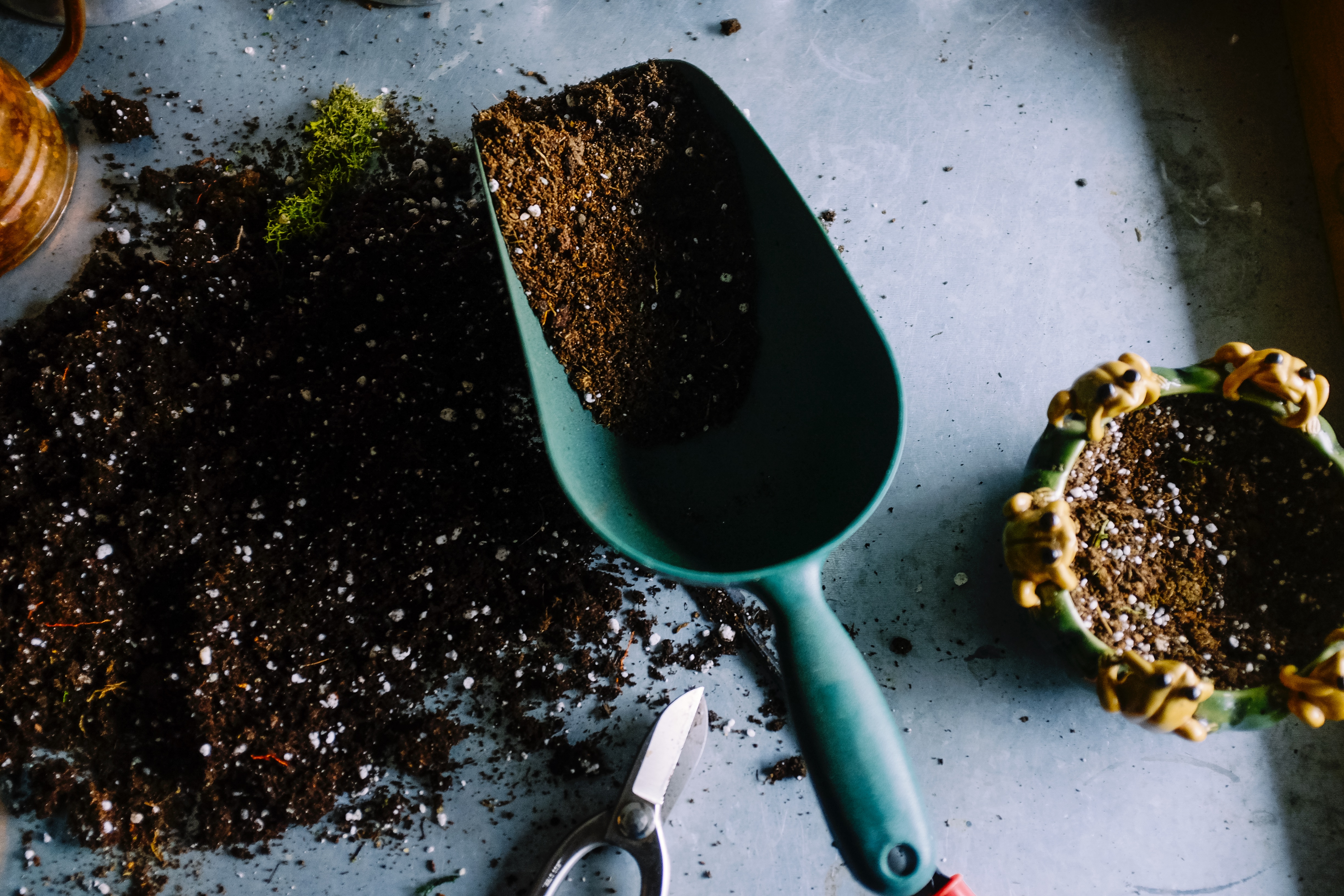
SOIL TEMPERATURE AND MOISTURE SENSOR
- It measures the soil temperature and volumetric water content in the soil on the basis of the dielectric constant of the soil. The data is useful to proceed with the irrigation.
SOLAR RADIATION AND ULTRAVIOLET RADIATION SENSOR
- Measures solar radiation for evapotranspiration (ET) and UV sensor that reveals UV rays which affect the plant growth and the control of pathogens.
WEATHER STATION: ANEMOMETER, PLUVIOMETERN, WIND VANE
- Anemometers, barometers, a thermo-hygrometers and rain gauges in order to reveal wind, atmospheric pressure, temperature, relative humidity, dew point, frost and rainfall used to optimize irrigation and treatments
SOIL CHEMICAL COMPOSITION SENSOR
- Electrochemical sensors for estimating soil nutrient levels and pH levels.
